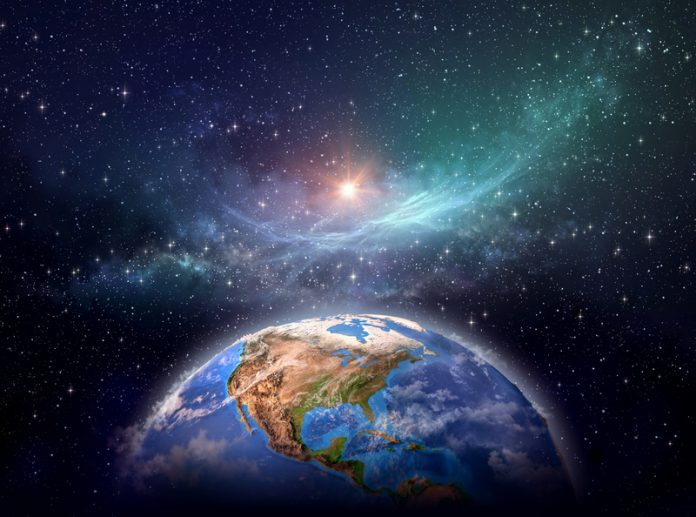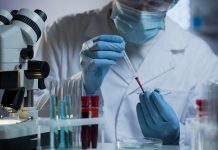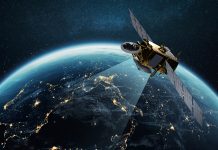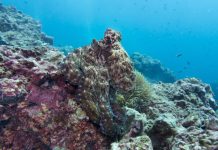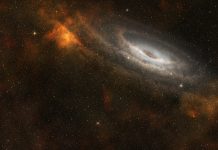The work of The Canadian Space Agency (CSA) in advancing the knowledge of space, through science and using its discoveries to benefit Canadians and all of humanity, is detailed here
The Canadian Space Agency (CSA) is responsible for advancing the knowledge of space through science and using its discoveries to benefit Canadians and all of humanity. Set up in March 1989, the CSA is an independent federal agency that takes charge of managing all of Canada’s civil space-related activities.
The CSA focuses on three main areas, which this article will examine, as well as the importance of this key sector for the Canadian economy:
- Space exploration: Taking part in astronomy and planetary studies, astronaut missions, as well as scientific research in space (execution and support).
- Space utilisation: Earth observation by the collection of spatial data and satellites.
- Space science and technology: The development of innovative space technologies and applications used on Earth. (1)
Space exploration: Canadian Space Agency astronaut David Saint-Jacques
On space exploration, we know that astronauts today are modern-day explorers, indeed, they courageously travel to seek new scientific knowledge. At the time of writing, only a few hundred exceptional people have been beyond Earth, into space. In December 2018, Canadian Space Agency astronaut David Saint-Jacques flies to the International Space Station on his first mission. During his assignment, he conducts a number of scientific experiments, as well as robotics tasks and the testing of new technologies. (2)
David Saint-Jacques was born on 6th January 1970 in Quebec City, Canada. Today, he is married and has three children. He also holds a commercial pilot licence with multi-engine and instrument ratings, as well as an advanced scuba-diving licence. He is also a lifelong cyclist, mountaineer, skier and avid sailor. In addition, he is fluent in English and French and can also converse in Russian, Japanese and Spanish. In a question and answer session with David Saint-Jacques, we find out what motivated him to become an astronaut, which he details in his own words.
“As a child, I was impressed by photos of Earth taken from the moon. They showed me the immensity of the universe around us, the splendour and obvious fragility of our planet. Growing up, I was drawn to a life of adventure, exploration and discovery. I didn’t think that becoming an astronaut was a real possibility, but my fascination with space remained, and that childhood dream has motivated me to reach my full potential as a human being.
“I wanted to learn everything, both about the sciences and world cultures. To be an explorer, I also had to become a responsible and trustworthy adult. Opportunities for discovery have presented themselves in many forms: science, medicine, living abroad. When I learned one day that astronauts were being recruited, the dream returned, and the little boy I once was convinced me to apply.”
An interesting point raised in this interview with David Saint-Jacques is that each profession he has worked in has prepared him well to go into space. For example, his experience as an astrophysicist taught him the discipline of research and the joy of scientific discovery as he worked in observatories globally, as a part of international teams who were determined to push forward the boundaries of knowledge. “As an engineer, I especially enjoy the creativity and the satisfaction of finding a solution to a practical problem that is so elegant, so reliable and so ergonomic that in the end, you take it for granted. When an engineer has done their job well, it works, and that’s all there is to it!”, David Saint-Jacques explains. (3)
Space utilisation: Earth observation
The second aspect of the CSA’s work concerns observing the Earth from space and as such, satellites give vital information on the ocean, ice, the atmosphere and land environments. Earth-observation satellites assist with the monitoring and protection of the environment, ensuring the safety and security of Canadians and managing resources. Certainly, satellite imagery and expertise are also used to support sustainable development and global humanitarian efforts.
An example of this part of the CSA’s work is The International Charter “Space and Major Disasters”, which is an international effort to put space technology at the service of rescue and emergency responders in the event of a major disaster. Certainly, we know that when the Charter is activated, its members make satellite images of devastated regions available to support relief efforts.
RADARSAT-2 imagery regularly provides support to rescue teams on the ground. Armed quickly with reliable and accurate information, response teams are better equipped to save lives and limit damage to property, infrastructure and the environment. One good example of this kind of work given on the CSA’s website is October 2018’s Hurricane Michael, a Category 4 storm, one of the strongest to hit the United States. (4)
Space science and technology
When it comes to supporting Canada’s space sector in the advancement of innovative space technologies and applications, we know that the power of science is as infinite as space. The Government of Canada believes it is vital to engage Canada’s youth in science and provide them with the tools to make science a part of their lives.
On 24th October, the Honourable Navdeep Bains, Minister of Innovation, Science and Economic Development, Canadian Space Agency (CSA) astronaut David Saint-Jacque and Bonnie Schmidt, Founder and President of Let’s Talk Science, launched a new youth science research project that will give students in Canada a unique opportunity to collect and compare environmental data from Earth and space.
The Honourable Navdeep Bains, Minister of Innovation, Science and Economic Development said at the time that when he was at school, he could only dream of contributing to experiments in space. “Now, our government is making this a reality for future Canadian scientists, engineers and leaders in innovation through the Living Space project. By investigating scientific concepts and learning digital skills, like coding and analysing data, our children will have limitless opportunities to succeed in the jobs of tomorrow”, the Minister said.
David Saint-Jacques, Canadian Space Agency astronaut stated that he wants to engage young Canadians on his mission, a point he elaborated on in his own words. “I was inspired by the Apollo moon missions, and that gave way to an insatiable curiosity about technology, our planet and the universe that fuelled my education and career path. I hope that through this mission and activities like Living Space, the Canadian Space Agency and I can inspire young Canadians in the same way. I can’t wait to see the results of their research projects.” (5)
Supporting a key sector of the Canadian economy
In closing, The Honourable Navdeep Bains, Minister of Innovation, Science and Economic Development leaves us with positive thoughts following his announcement on 15th October 2018 that the CSA is investing $1.6 million in two concepts for lunar rovers that would use artificial intelligence (AI). His comments encompass the aspects of Canada’s space sector explored in this article, including inspiration for space exploration and the development of science, technology and innovation in the field.
“Canada’s space sector not only inspires Canadians to reach for the stars, it has for a long time been at the forefront of Canadian science, technology and innovation. With these investments, our government is supporting a key sector of our economy that creates good jobs and will continue to propel Canada’s innovation economy to new heights.” (6)
References
1 http://www.asc-csa.gc.ca/eng/about/csa-organization.asp
2 http://www.asc-csa.gc.ca/eng/missions/expedition58-59/default.asp
3 http://www.asc-csa.gc.ca/eng/astronauts/canadian/active/bio-davidsaint-jacques.asp
4 http://www.asc-csa.gc.ca/eng/satellites/default-eo.asp
Open Access Government

